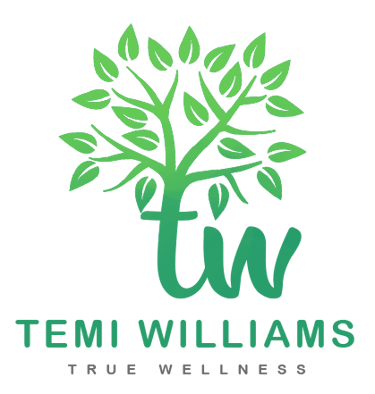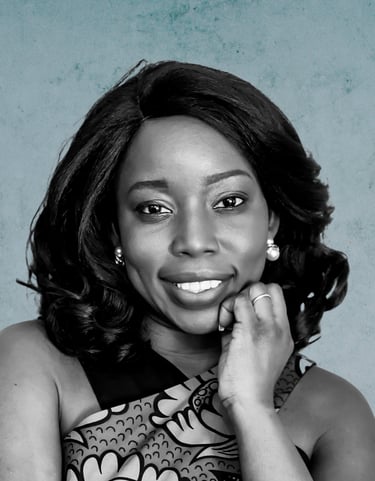The First Steps I Took On My Weight Loss Journey
1. I Found Out What Was Contained in the Foods I Ate.
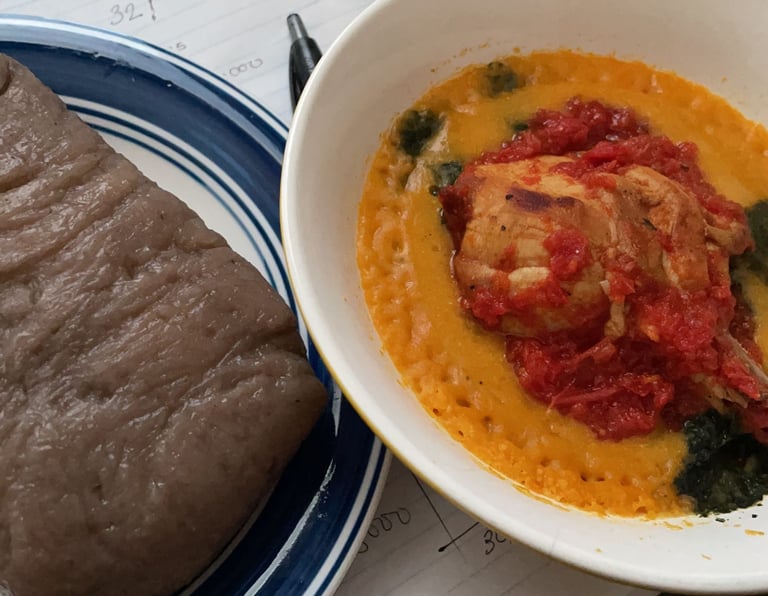

After I made up my mind to lose weight (making up your mind should be the very first thing), I wanted to know what was contained in the Nigerian foods I ate. I realized that a lot of the meals we eat in Nigeria are calorie dense and we also did not do justice to them in how we prepared them. For example, I found out that 100g of garri has roughly 360 calories; a serving of egusi soup has about 700 calories; 100g of amala is 440 calories, etc. That confused me a bit, because I didn’t know what a 100g of eba or dry garri or amala looked like.
A little internet search helped clear out my confusion, but it was a shocking discovery. I found out that the quantity was very small compared to what I considered a “normal” portion.
This fueled my next step.
2. I Wanted to Know How Much I Ate Compared to How Much I should be eating.
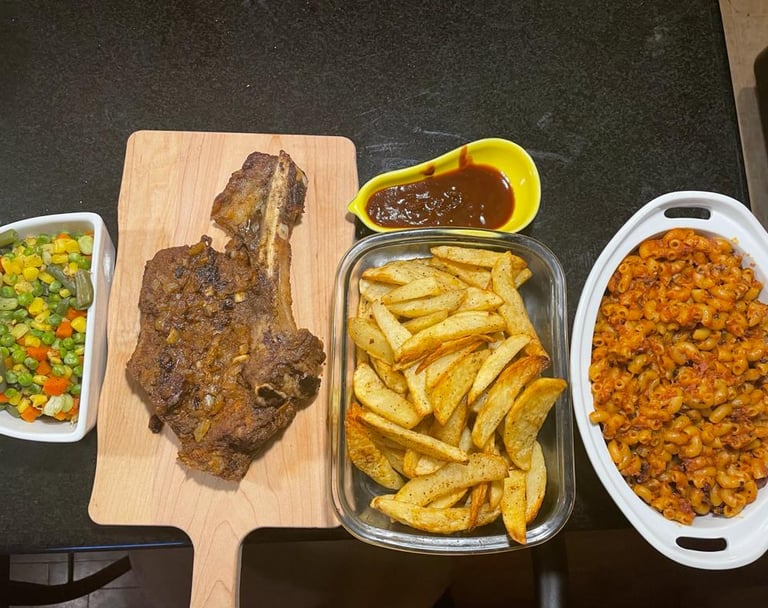

To determine this, I used an online tool to calculate how much calories I should be eating. I realized that to lose a little weight I had to eat about 1800 calories, but to lose more I had to eat 1300 calories per day. I didn’t understand how that worked. So I did a little analysis. If I ate two cups of white rice, 1 serving of stew and 150 grams of chicken, that was roughly 914 calories. If I needed to eat 1300 calories to lose weight and in one meal, I already had 914 calories, then something definitely needed to change.
I needed to cut down on the calorie dense foods and replace them with calorie sparse foods. So, I made a list for myself, using the foods I ate mostly. I broke my list into three parts – foods I should eat freely, foods I should not eat, and foods I should eat only a little of. And I pasted this in my kitchen.
3. I Tracked My Calories.
-AzGz97Z3D2C2MW0L.png)
-AzGz97Z3D2C2MW0L.png)
The next thing I needed to do was learn to count my calories. I would never know what I ate calorie-wise, if I did not track them. I didn’t waste any time in searching for highly rated calorie counting apps. I found Fat Secret, and I’ve not turned back since then. If there was any external tool or resource that helped with my weight loss journey, it was Fat Secret – Calorie Counting app.
Next, I got a set of measuring cups and I also bought a digital food scale. I needed the
the measuring cups to measure foods that could be measured by quantity, e.g. rice; and I used the food scale for foods that could only be measured by weight, e.g. Chicken.
I meticulously tracked everything I ate and entered them into Fat Secret, my calorie counting app; my cumulative calorie was measured with every added meal or snack. I exceeded my daily limits on some days, but then I went lower on other days, so averagely per week, I still ate about 1300 calories per day. And I saw my weight dropping fast.
4. I Created a Food Plan.
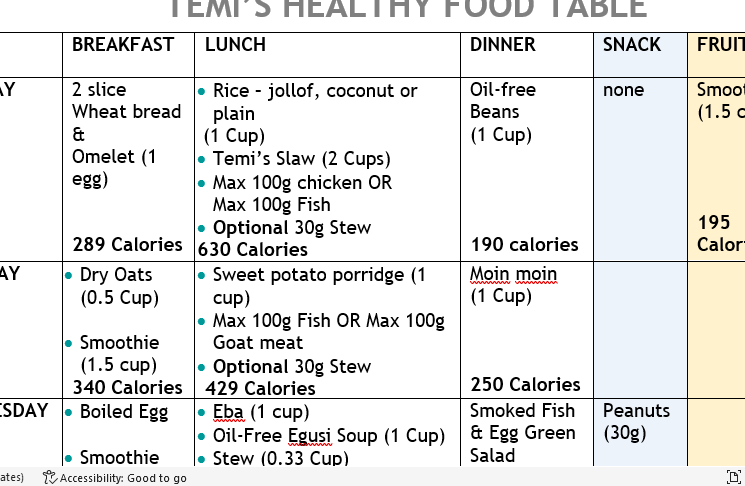

With the knowledge I now had on how much was contained in my meals, I carefully created two weekly healthy food plans with calories inputted for each meal. I made two because I didn’t want to feel like my meals were becoming monotonous; so, I swapped the food plan every other week. Doing this took away the anxiety of not knowing what to eat.
5. I Redefined My Environment.
-mePaBnZvOLskDXMe.png)
-mePaBnZvOLskDXMe.png)
To follow my plan and not get tempted with eating things I was not supposed to eat (#2 above), I reorganized my environment. I got rid of food items or snacks that will not help my weight loss journey; such as fruit juice and other sweet drinks, baked foods, cookies, butter/margarine, poundo yam, white bread, etc. and I replaced them with healthy items, such as vegetables, wheat bread, oats, etc. My thinking was if I didn’t see those not-so-healthy foods, I will not eat them. My husband was super supportive and got
on board as well, so we chose the healthy options in the store when we went shopping and that was what we ate.
6. I Took Gym More Seriously.
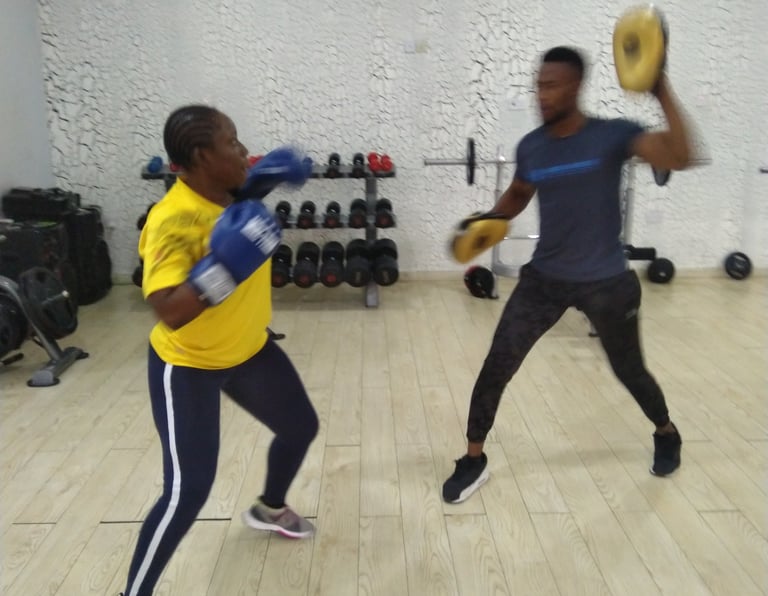

After I made up my mind to lose weight, I began to take gym sessions more seriously. I ensured that my visit to the gym was regular – at least 3 times a week. Regular exercises, even though aren’t the biggest factor in weight loss (diet is), will help keep the weight down, help you burn more, help you feel better, and help your body firm up as you burn the fat. I couldn’t compromise on this any longer. It was very HARD and came with a lot of physical pain. I felt like giving up a lot more times than I felt like continuing. But I continued, and it was so worth it.
Sometimes I felt sick after some workout (I mean, sick with fever), but I knew I just had to go back – immediately. I wondered if I’d ever enjoy working out. I did. A lot. I always looked forward to gym time.
7. I Cut Down On the Simple Things.
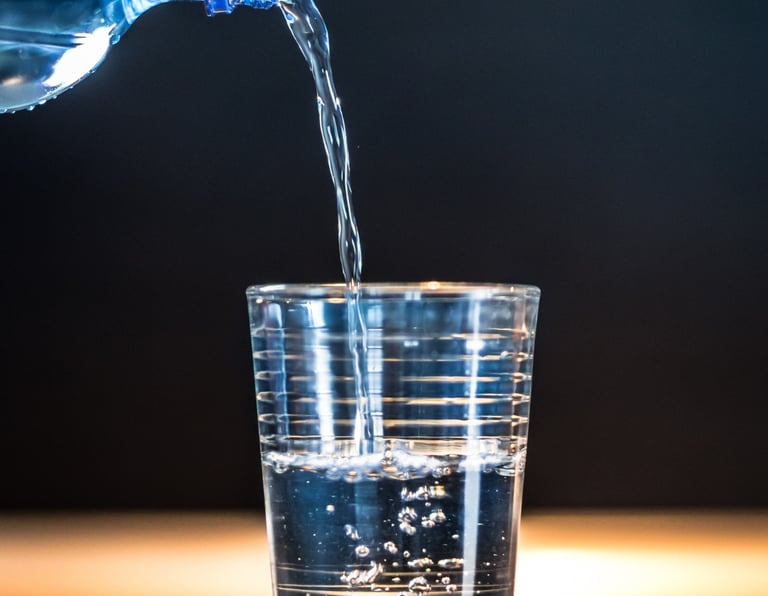

I knew I couldn’t take huge steps at the beginning. Taking huge steps at the start of the journey would have caused me to crash. But I took little significant steps on my diet. I cut down on the things I could do without. For example, in the office, I began to take my coffee black, eliminating cream and sugar. I ate my oats with a little banana to sweeten it up, rather than pack it with milk and sugar. I stopped drinking sodas and drank water, instead. I cut my carbs and increased my vegetable portions. I also reduced the amount of oil I used to cook my meals. These little steps I took made a huge
difference. And because they helped me lose weight at the start, I have continued them up till now, and I believe they help me maintain my weight as well.
Now, it's your turn. Which of the steps above will you like to try out first?
How much calories should you eat daily? Find out here...
